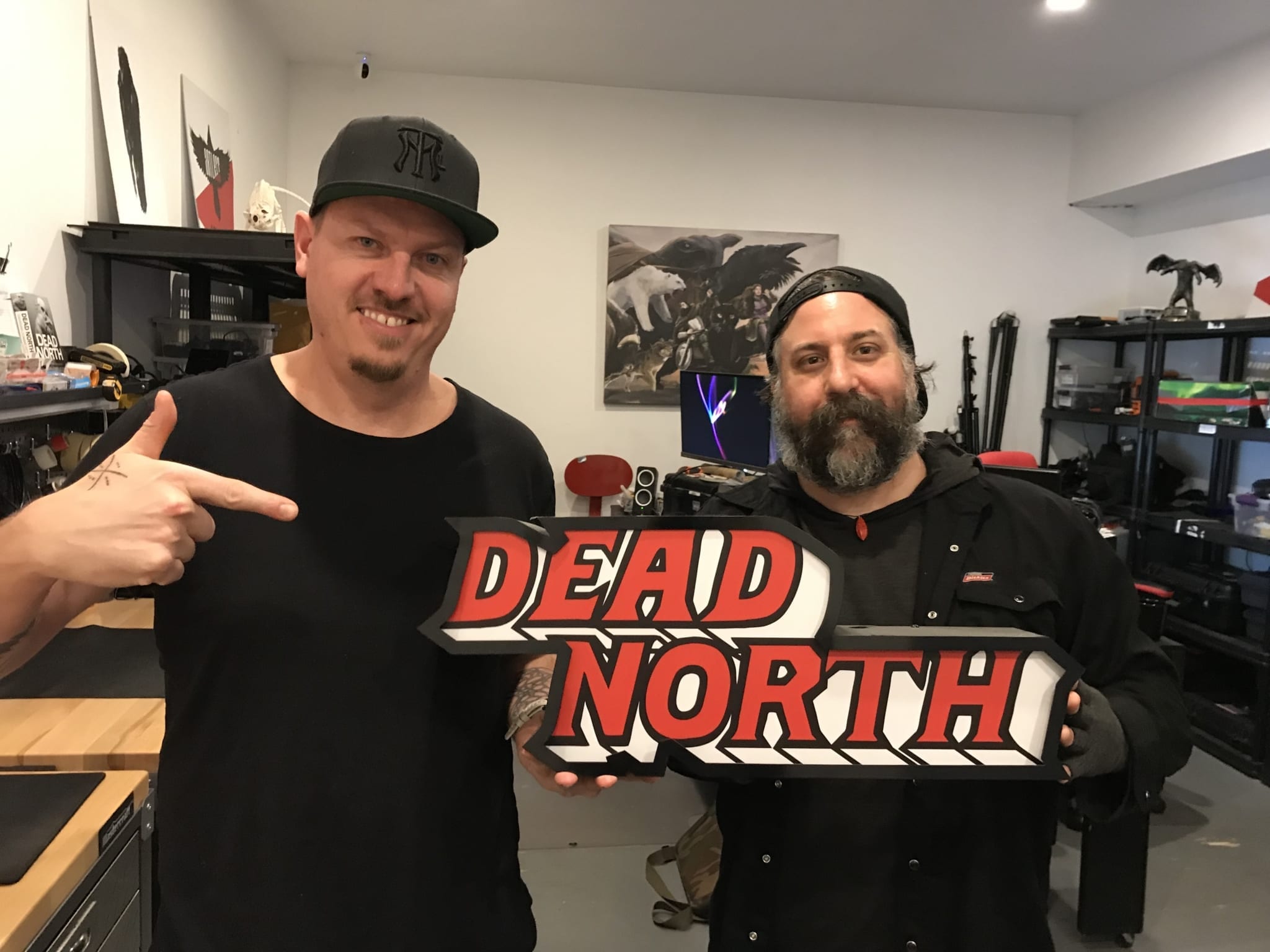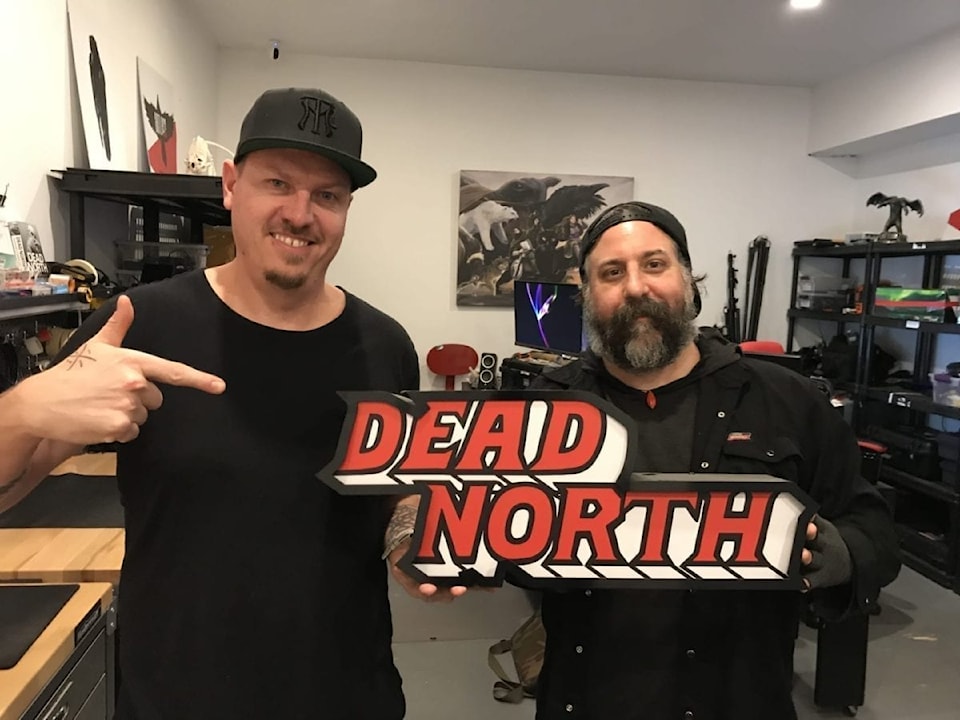Eight years, and some 230 blood-soaked short horror movies later, Dead North Film Festival is a “film factory.”
That’s how Jay Bulckaert describes the festival as it aims to expand its educational opportunities and expand the festival’s place as an unofficial film school for northern residents.

Nick Pearce/ NNSL photo
This year’s festival has seen the highest participation from communities outside of Yellowknife. There are eight other communities – Fort Smith, Hay River, Behchoko, Inuvik, Norman Wells, Dettah, and for the first time Tulita and Sachs Harbour – represented in the field of 59 teams this year.
Entries also arrived from Whitehorse, Dawson, Cambridge Bay, Iqaluit and Sweden, though 42 of the films were made in Yellowknife.
“As time is moving on the rest of the territory is getting involved, and that’s really cool to see,” Bulckaert said, explaining the expanding network of filmmakers increased the range of submissions. “I think it’s taken this amount of time for word of mouth to travel to different places.”
Previous years’ workshops are also being expanded into a free two-day talent lab called Hyperboria for anyone who has made a film with the festival. An expert panel will constructively critique roughly 20 films to help creators develop their work.
“You’ve made your cut for Dead North. Now walk away and do your final cut to be submitted to major festivals,” he said, explaining the festival also has a partnership with Montreal’s Fantasia film festival.
The Montreal festival will review select submissions from Dead North. If filmmakers are chosen, they’ll be flown to the city to pitch their film to industry members.
“(Dead North) has really become a career launching path for northern filmmakers,” he said, adding it’s essentially a film school.
While making a short movie is a higher bar of entry than other film festivals, he said genre films — work in horror, fantasy and science fiction — is more democratic.
“It’s easy to pull something off that’s goofy and camp when your actors are not professionals and you don’t have professional effects or practical effects,” he said. “When it comes to a horror movie, it’s totally acceptable and often enjoyable to watch a B, camp movie.”
That education carries to the quality of the submissions. Repeated participation has led to more properly formatted scripts with clearer ideas and execution, he said. For some participants, it will be their eighth film, marking one film for each year the festival has run.
The organizers review these scripts to screen them for content like racism or misogyny. This year, organizers adopted imagineNATIVE Institute’s On-Screen Protocols and Pathways for storytelling concerning First Nations, Metis and Inuit. The festival’s writing package links to the document and provides a quick summary for filmmakers.
None of this year’s scripts conflicted with the standards, however, Bulckaert said.
The central part of the review process is developing the entrants’ writing skills, including feedback on character and plot. Once filmmakers get feedback, it’s up to them whether to adopt it or not.
Each film is also encouraged to include two organizer-chosen northern elements. This year, the line of dialogue is “It’s colder than …”, which Bulckaert said has led to some creative closing lines. The shot on the other hand, is an upside down or an inverted shot.
Some of the other feedback logistical: avoiding heavy-dialogue with amateur actors, notifying police if filming a movie with a prop weapon in public, or forgoing fake blood in cold weather — something the festival organizers learned first hand.
“That stuff is wicked cold. We shot a teaser video a few years back on the ice road, probably 30 below,” Pablo Saravanja, the festival’s co-organizer, said, remembering how the organizers wanted a shot of blood spreading across the ice.
As Bulckaert poured and smeared the blood on the ice, using it to write “Dead North,” his hand nearly froze.
“He had a red hand, not just from the blood, but basically because it frost bit his hand in 10 seconds,” he said.
For all these possible snags, it’s low barrier entry for inexperienced filmmakers to get their feet wet, Bulckaert said, pleased with the growing educational opportunities for participants.
“I look at this now. It’s year eight. This is now an institution,” he said. “This train is on the tracks full bore. There’s no stopping this, really.”
The festival is set to run Feb. 27 to March 2.
